The great architect Donald Insall on saving Windsor Castle, refurbishing Westminster and how buildings change throughout their lives
Sir Donald Insall has been at the forefront of British architecture for six decades. Now aged 93, yet still actively involved in his practice, he spoke to Clive Aslet about a lifetime spent working with and thinking about some of our most treasured buildings.
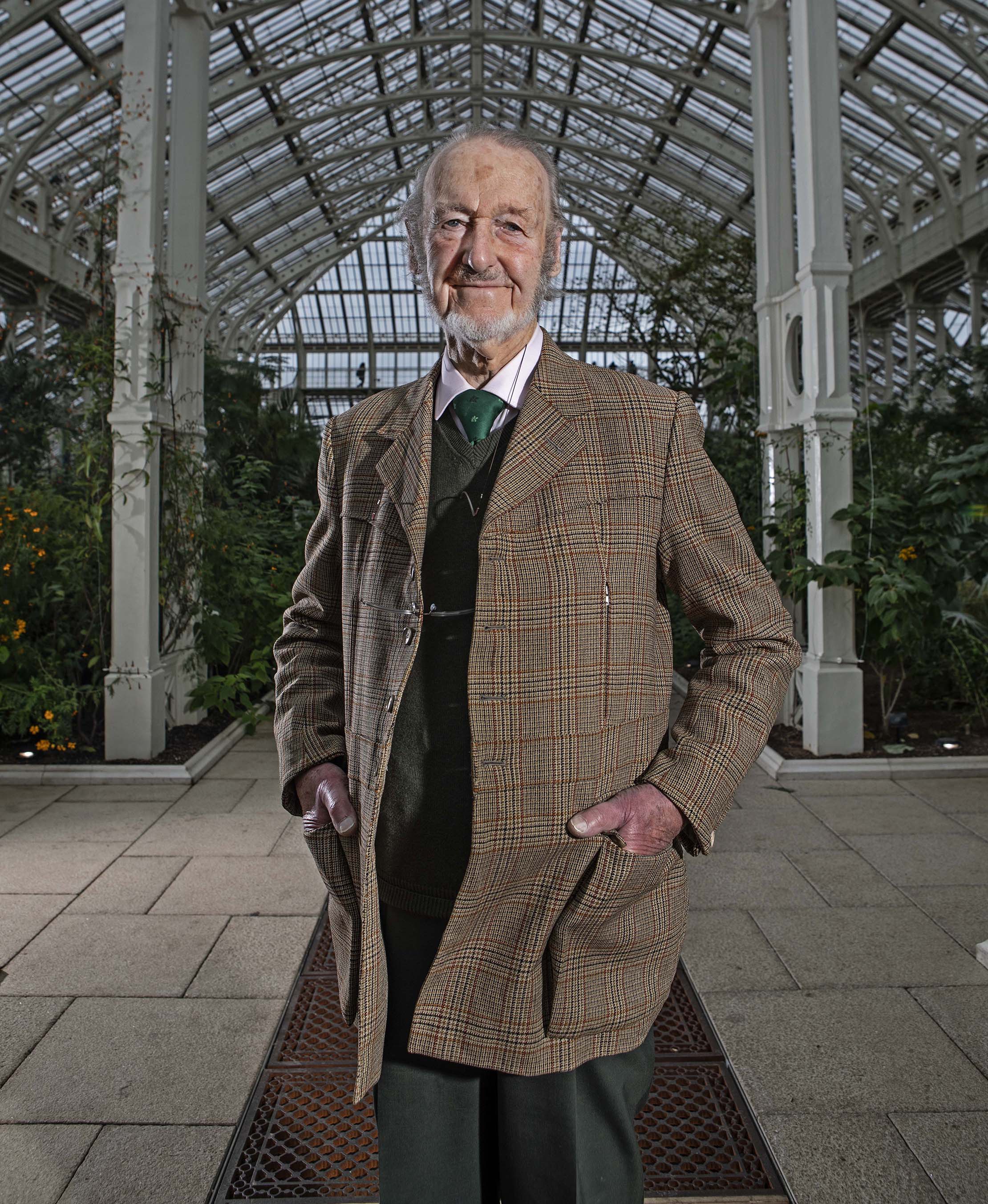
‘Buildings are so very much like people,’ says Sir Donald Insall. ‘They all have their own characters, their own strengths and weaknesses, their own message, their own background in terms of the influences that have made them. People change throughout their lives – so does a building.’
Born in 1926, Sir Donald began his career when conservation was regarded as ‘a bit odd – not part of everyday planning’. After architectural training at Bristol and a scholarship to the Royal Academy School, he won the Lethaby Scholarship from the Society for the Protection of Ancient Buildings. That fired his imagination, but, in the late 1950s, an interest in old houses seemed antiquarian. ‘Nice to meet you, but when will your father be coming?’ asked the builder on one early job.
After working for Claud Phillimore, much occupied with the reduction of large country houses to fit the diminished scale of post-Second World War life, Sir Donald launched his own office in 1958, from his flat in Lyall Street, SW1. His father and then his wife, Libby, a lawyer, did the accounts.
It was a far cry from his practice today, in which he has 100-plus colleagues – ‘a lovely bunch of folk, all so capable and so busy’ – across several offices in London and choice provincial towns. The spirit, however, stays the same: that of a family, united by a common purpose and enthusiasm.
‘Our first big job,’ Sir Donald recalls, ‘was a report on Kedleston Hall. I used to take a scooter on the train, hop off at Derby and go to the hall, where I was met by the butler and the dogs. Once or twice, [owner] Lord Scarsdale came on the back of the scooter for a ride around the estate.’
Like other country houses then, Kedleston had suffered years of neglect; in the 1970s, it would go to the National Trust. Sir Donald was employed on several houses owned or being considered by the Trust; a call would come, perhaps on Sunday morning, from James Lees-Milne, seeking help on The Vyne, Croft Castle or Speke Hall.
These, surely, were bleak years for architecture: country houses that didn’t find a saviour were all too often demolished, as were terraces in cities. Modernism, the style of the moment for new buildings, left much to be desired, but Sir Donald had known nothing else and he was entranced.
Exquisite houses, the beauty of Nature, and how to get the most from your life, straight to your inbox.
‘It felt delightful, exceedingly busy, totally encompassing, and I loved it. The whole world was a mixture of postwar depression and elation it was all over, with a determination to put it right.’
Over six decades of practice, which are the most memorable buildings to whose subtle whisperings he has lent his ear? He hardly likes to answer. They were all friends; it’s as if selecting one would offend the others.
Reluctantly, he names 17th-century Chevening House, left to the nation by the last Earl Stanhope in 1967 and now the official residence of the Foreign Secretary. A box-like attic storey had replaced the hipped roof and the outside was covered in grey tiles. The attic’s weight had caused structural damage and the tiles, attached to the brickwork with rusted spikes, ‘were coming off like leaves in autumn’. It was decided to remove ‘the box’.
The splaying walls were stitched back together with a reinforced-concrete beam; a skin of hand-made bricks replaced the tiles and pilasters added in the 18th century were given a pediment, uniting the main block architecturally with its flanking pavilions.
‘It was typical of a complex and delightful job,’ comments Sir Donald. ‘So interesting and so challenging.’ An oblique compliment was paid when, following a royal tenancy at Chevening, The Prince of Wales added pilasters and pediment to Highgrove.

After the fire in 1992, Windsor Castle presented ‘a unique case. It ranged from complete restoration of a very exacting kind to renewal in spirit. As well as keeping things as they were, or putting them back as one thinks they were – which is chancy and not the main aim – we had to find new solutions to parts that had been irreparably destroyed’.
Before anything else, the building had to be stabilised. Walls were sopping from the volume of water used to douse the blaze; water was trapped in the stone by plasterwork that was often historic. With the consent of English Heritage, the walls were opened up to fresh air and dehumidifiers.
During work, new discoveries were made. In the Great Kitchen, it was found that, in the 1820s, Sir Jeffry Wyatville hadn’t taken out the medieval oak timbers, but had encased them in softwood to make them appear more Gothic. Clearly, the old timbers should be retained if possible: they were and ‘given fresh courage’, as Sir Donald writes in his new edition of Living Buildings, ‘by traditional methods of scarfing-in new oak, backed where necessary by invisible steel strengthening’. Wyatville details were reinstated.
Now, Donald Insall Associates has another daunting mission, as conservation architects for the Palace of Westminster. The practice has already begun, renewing Barry and Pugin’s encaustic tiles and repairing the great hammerbeam roof of Westminster Hall. Once politicians can look beyond Brexit, plans will have to be made for the huge project that will renew the building’s collapsing services and repair its structure.
‘It will be a question of retaining everything that makes it wonderful, yet facilitating its continuing usefulness and practicality,’ he says. ‘The real difficulty is knowing what has to be provided for.’
This means looking decades ahead. Will there be changes in the House of Lords, for instance? Whatever happens, it will be ‘a fascinating job,’ says this indefatigable 93-year-old. ‘They’re all fascinating. That’s why we love what we do.’
‘Living Buildings: Architectural Conservation, Philosophy, Principles and Practice’ by Donald Insall was reprinted in 2018
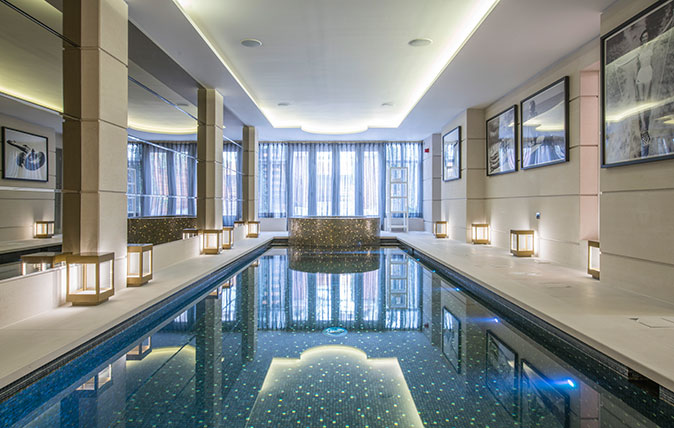
Credit: Mansion House, London
A truly palatial home in the very heart of Westminster, on the market for the first time in generations
This landmark building in the heart of London has been converted from an office into a private home – and the

Credit: Getty
Six ways to fix Parliament Square – and make it the centrepiece London deserves

Credit: Alamy
One of the world's most famous trees has fallen down - but here are six more that haven't
As sad news comes in from California, we look at some of the world's other most famous trees.
-
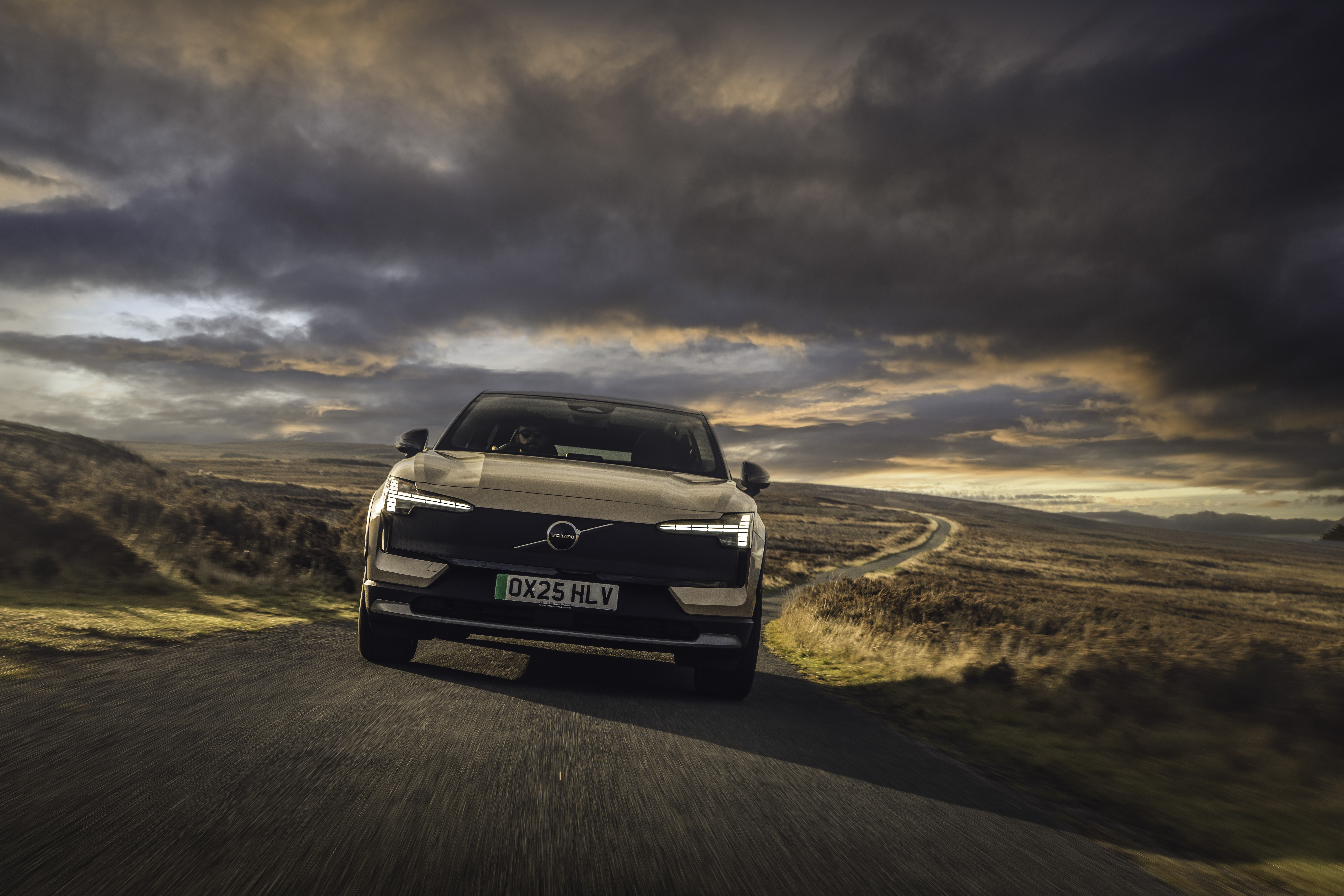 A slick looking off-roader that's a far cry from its rustic rural roots — Volvo EX30 Cross Country
A slick looking off-roader that's a far cry from its rustic rural roots — Volvo EX30 Cross CountryThe latest iteration of Volvo's Cross Country is flashy, fast and stylish. But is that what a Volvo Cross Country is supposed to be?
-
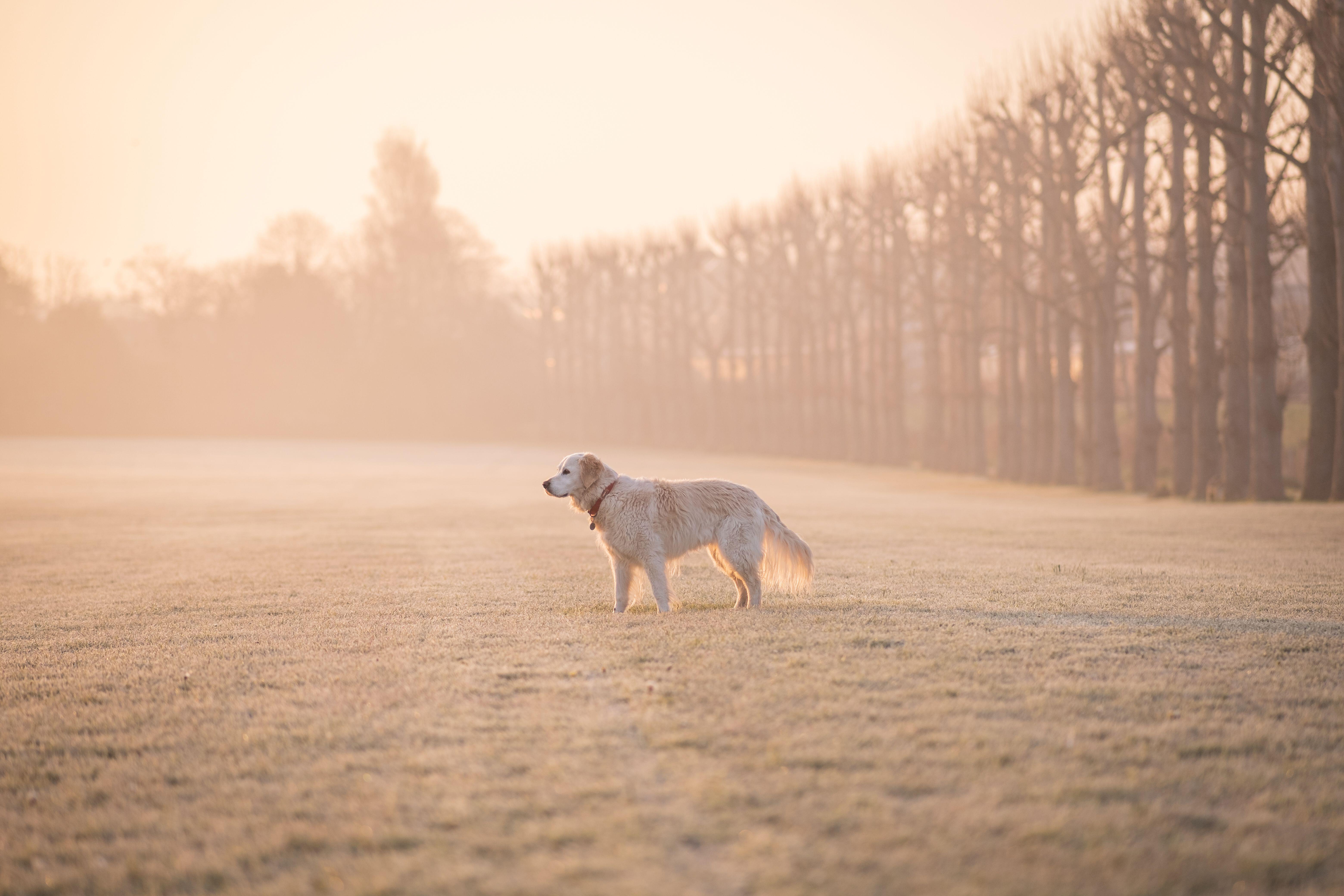 The golden retriever: The world’s most likeable dog almost didn’t exist at all
The golden retriever: The world’s most likeable dog almost didn’t exist at allThey’ve been popping up everywhere this week — on the Tube, at Christmas parties and in the news — so it feels like the perfect moment to talk about the dog breed we’re lucky to have.
-
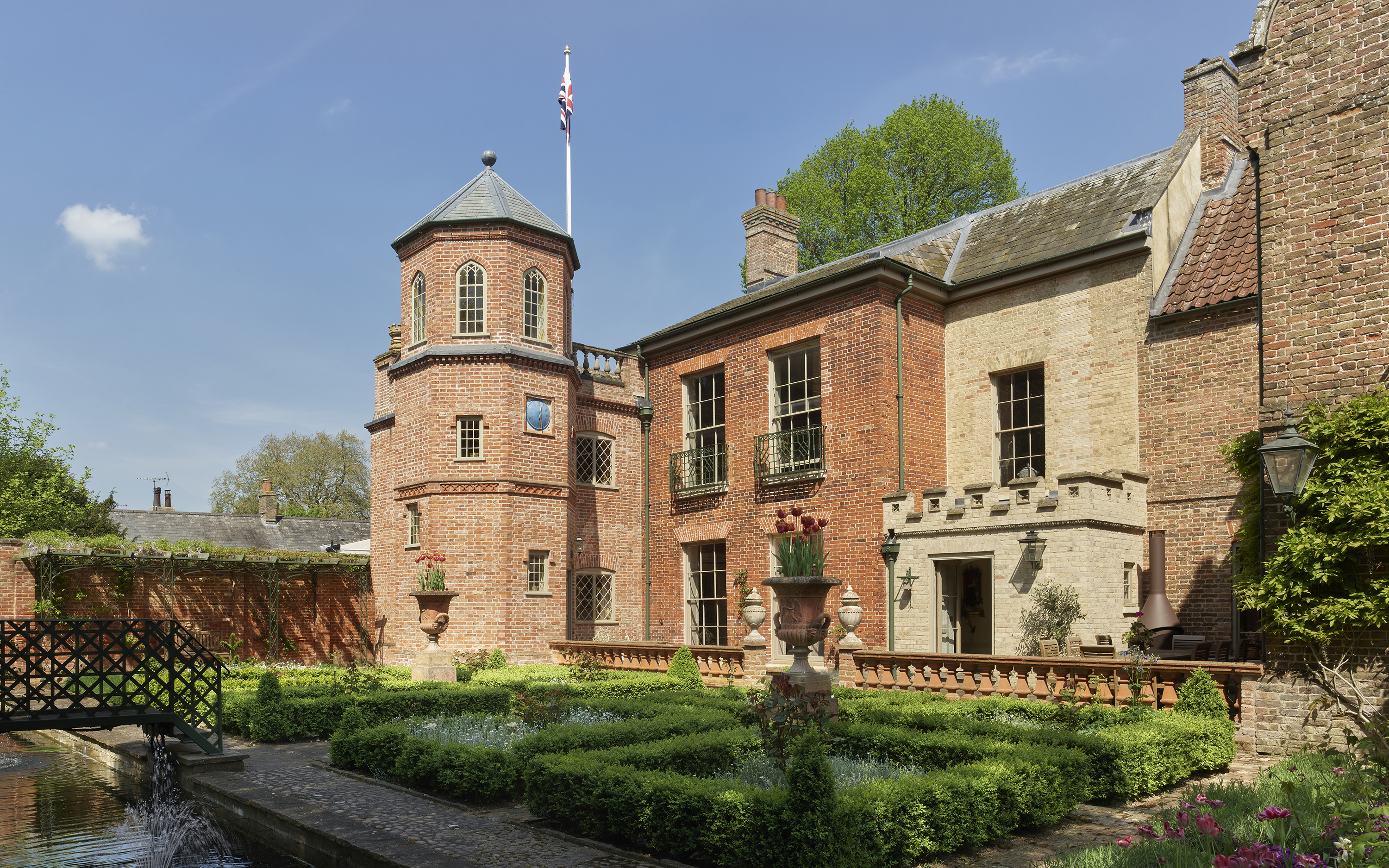 Northwold Manor: 'A place of delight once more after half a century of chaos and neglect'
Northwold Manor: 'A place of delight once more after half a century of chaos and neglect'A heroic restoration project has transformed Northwold Manor in Norfolk — home of Professor Warwick Rodwell and Ms Diane Gibbs — after more than 50 years of being left neglected. It has also illuminated its remarkable history, as John Goodall explains; photography by Paul Highnam for Country Life.
-
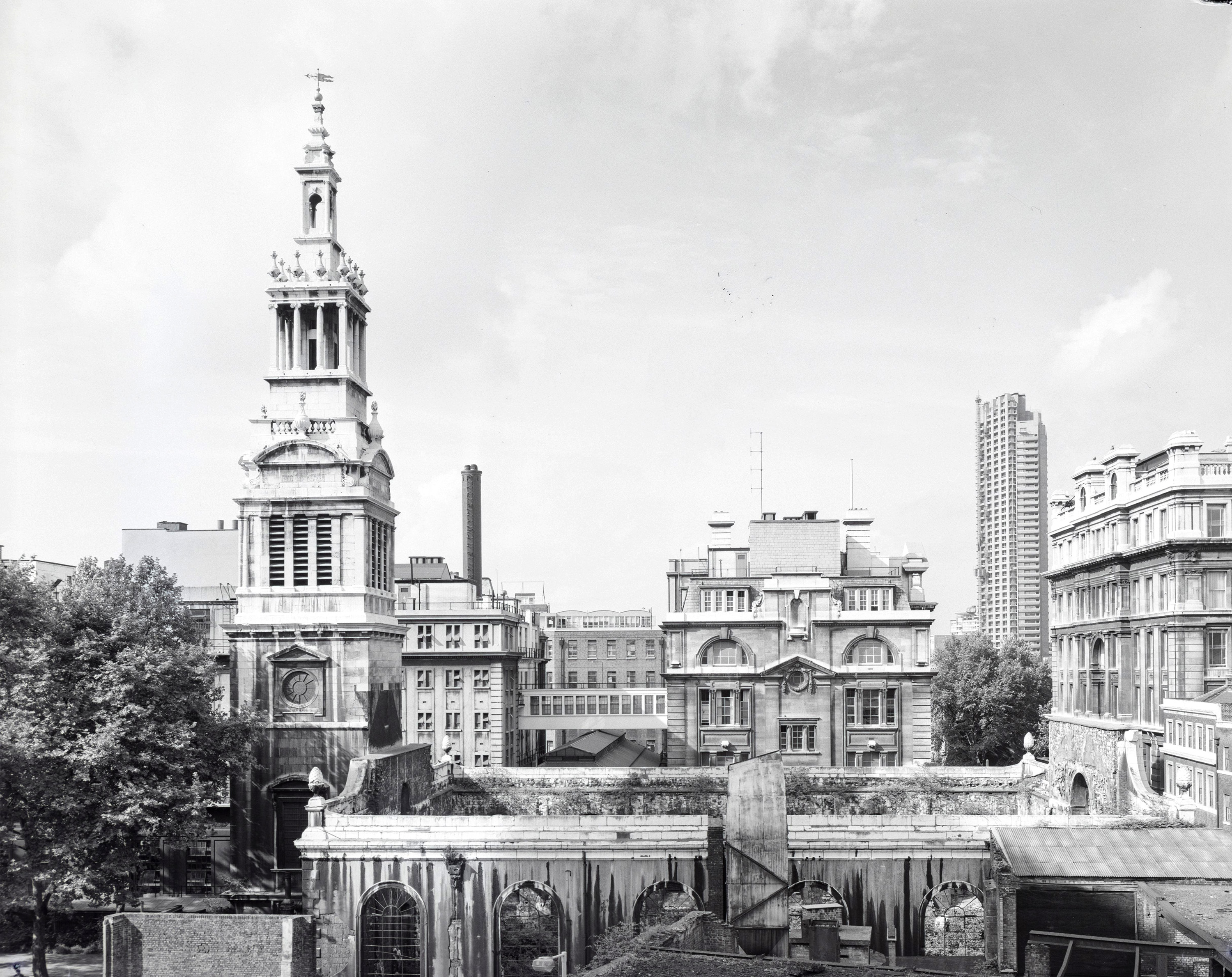 53 years ago, a Wren masterpiece was replaced with a glorified roundabout. We must not make the same mistake again
53 years ago, a Wren masterpiece was replaced with a glorified roundabout. We must not make the same mistake againThe plans to rid Christ Church Newgate Street of traffic should be cause for celebration — but a mistake as bad as the one made in the 1970s is about to happen, says Ptolemy Dean.
-
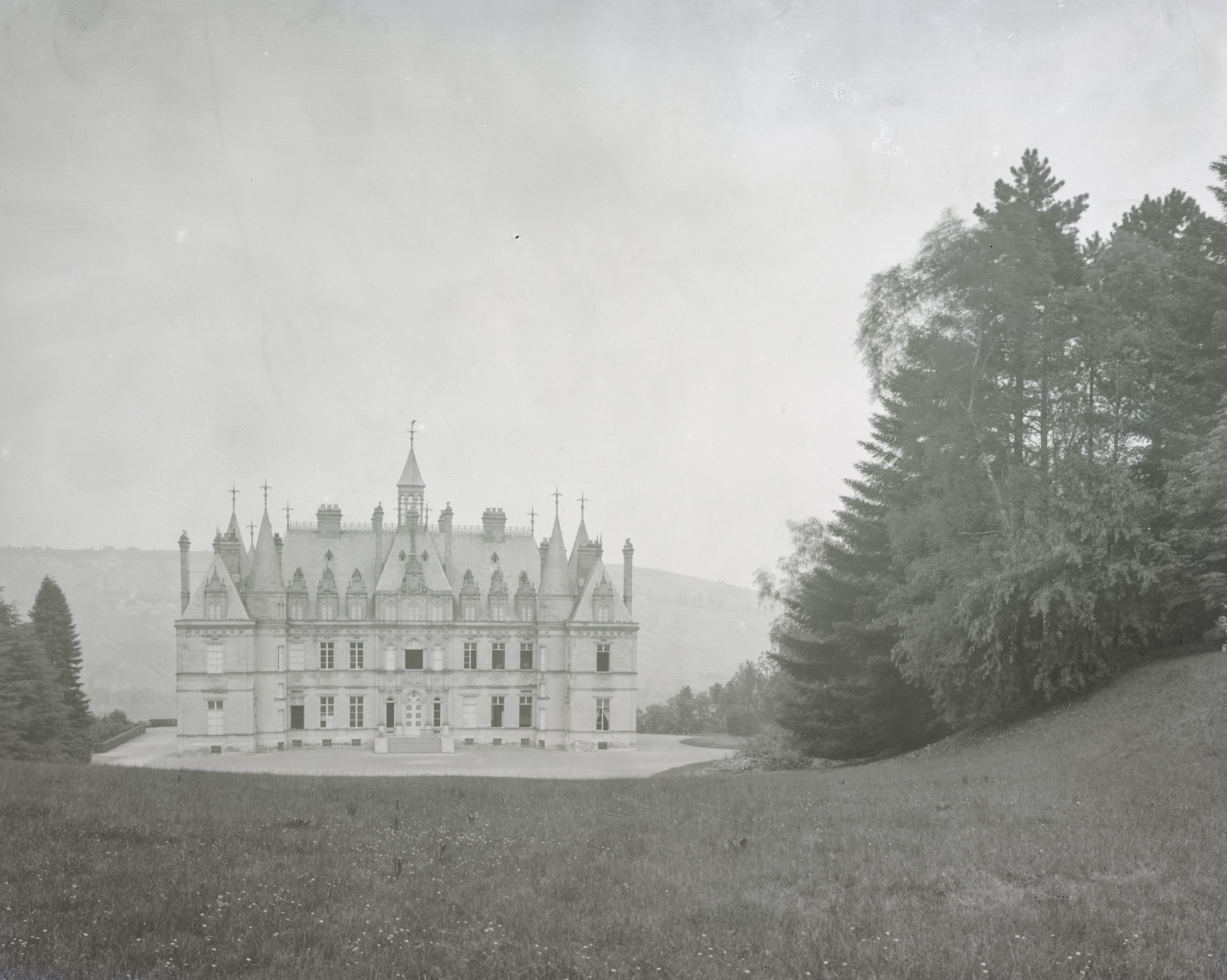 Ten of the most exquisite French châteaux, photographed for Country Life in 1906 and still standing today
Ten of the most exquisite French châteaux, photographed for Country Life in 1906 and still standing todayIn the early 20th century, Country Life commissioned Frederick H. Evans to photograph some of France's châteaux. Here are some of his efforts.
-
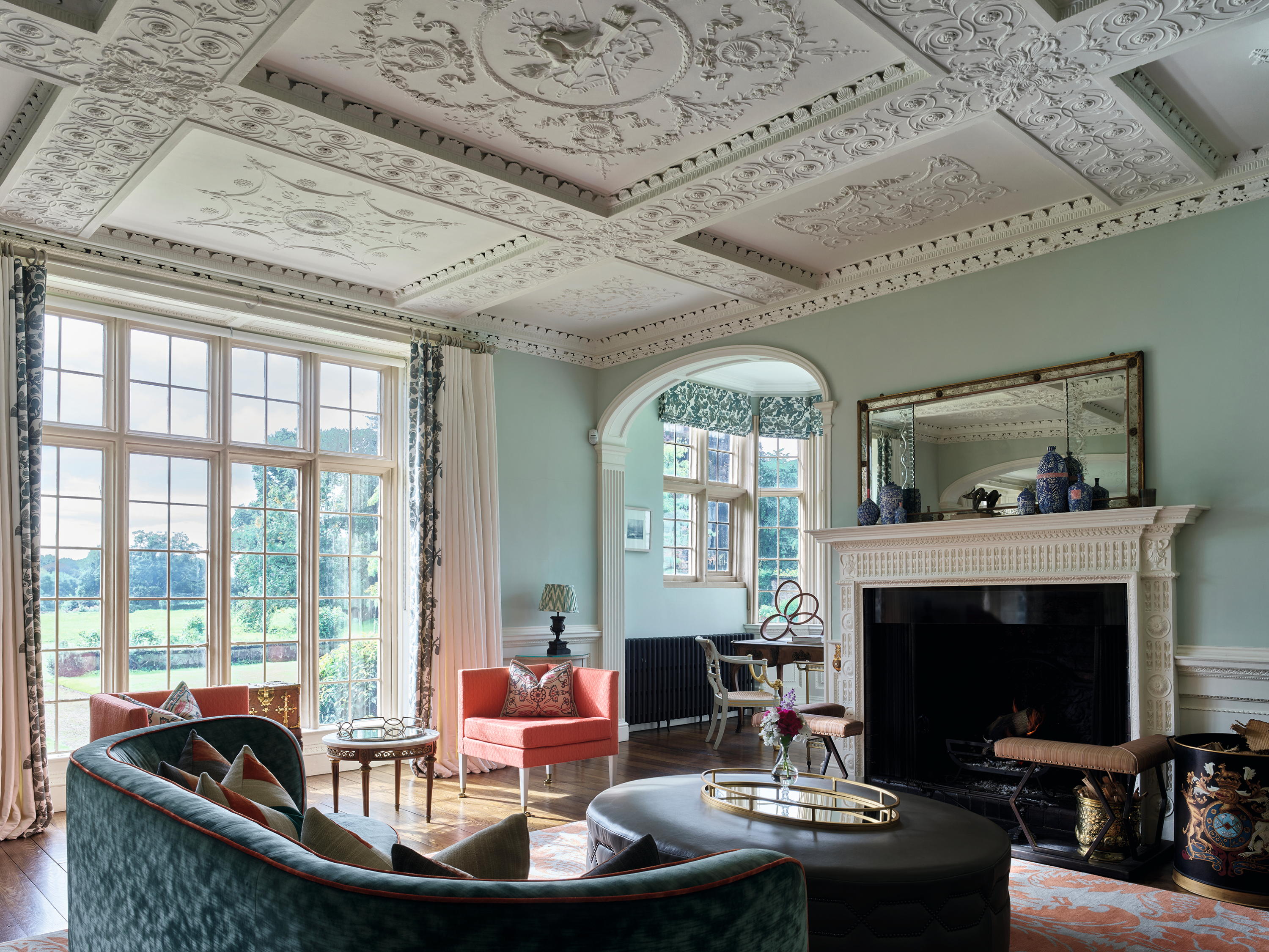 War, ruin and renaissance: Dorfold Hall's 400-year journey through the ages
War, ruin and renaissance: Dorfold Hall's 400-year journey through the agesJohn Goodall describes the antiquarian rediscovery of Dorfold Hall, Cheshire — home of Charles and Dr Candice Roundell — and the recent spectacular renewal of this important Jacobean house. Photographs by Paul Highnam for the Country Life Photo Library.
-
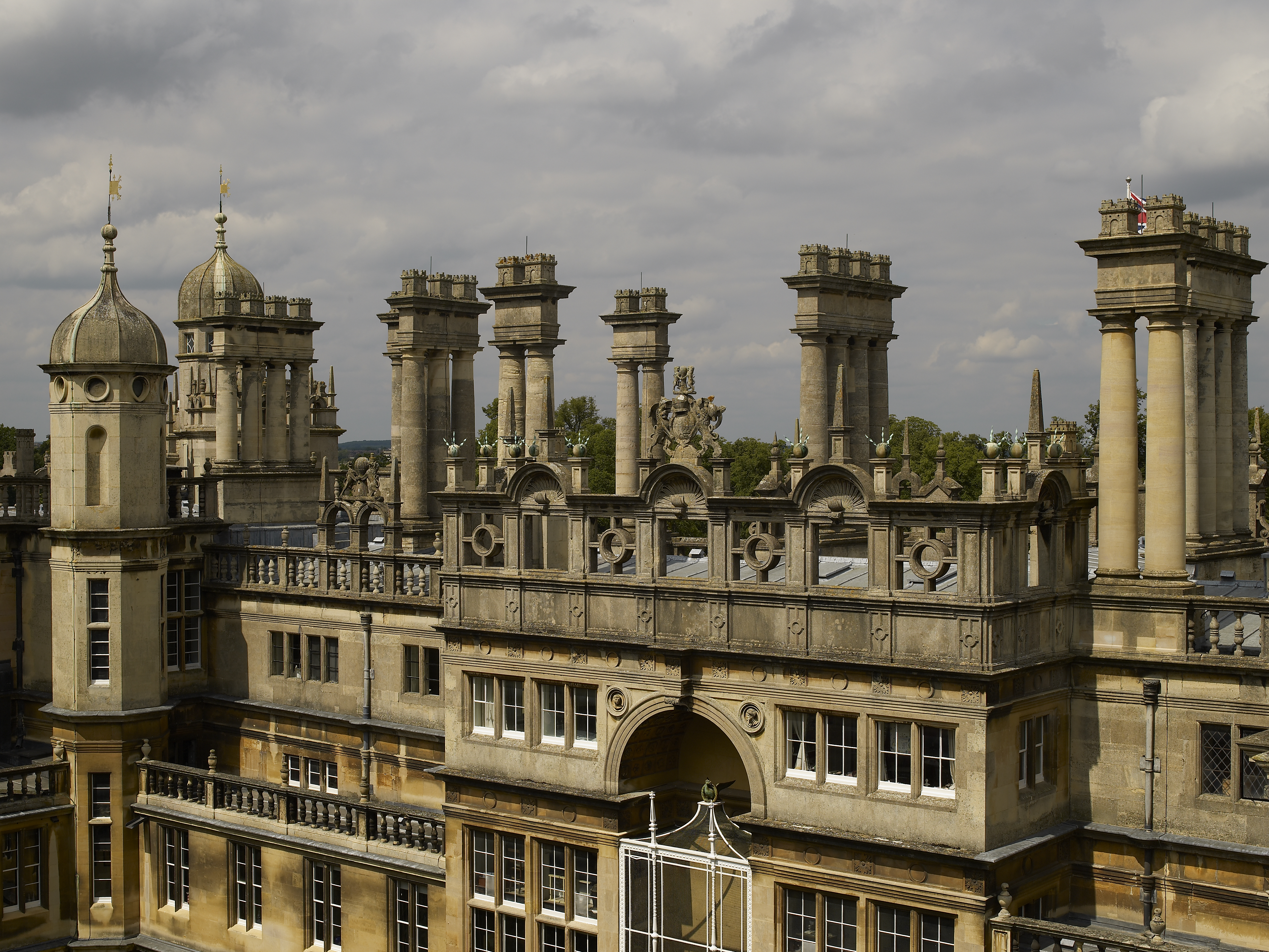 All fired up: 12 of our favourite chimneys, from grand architectural statements to modest brick stacks, as seen in Country Life
All fired up: 12 of our favourite chimneys, from grand architectural statements to modest brick stacks, as seen in Country LifeNothing says winter like a roaring fire, and plenty of the houses that we've photographed for the magazine's architectural places have fireplaces and chimneys worth boasting about.
-
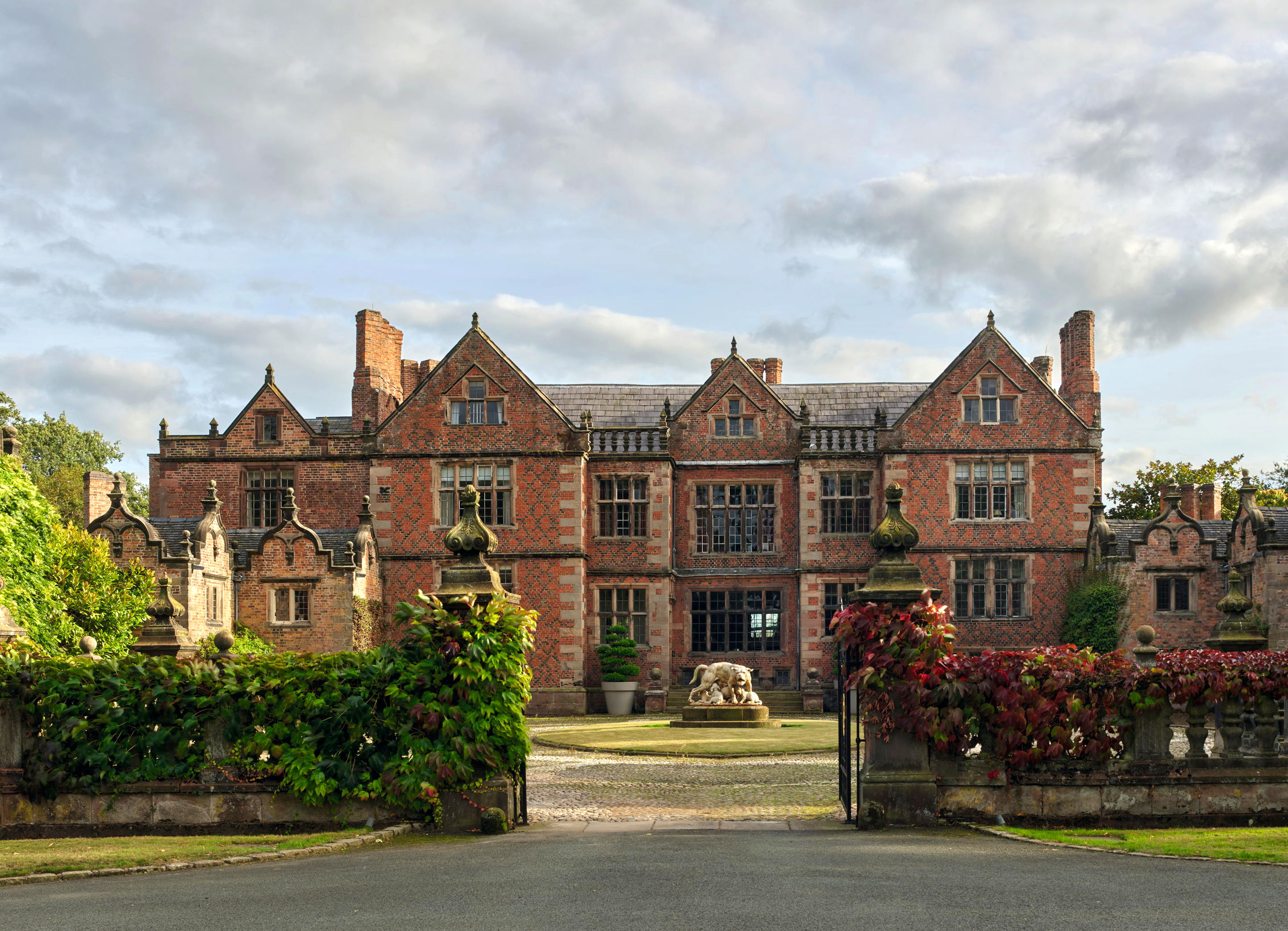 Dorfold Hall: The 'most neat and beautiful house of brick' that owes its existence to a desperate effort to secure succession
Dorfold Hall: The 'most neat and beautiful house of brick' that owes its existence to a desperate effort to secure successionDorfold Hall in Cheshire is an outstanding Jacobean house, but was an unexpected product of dynastic disappointment. John Goodall examines the remarkable circumstances of its construction; photographs by Paul Highnam for Country Life.
-
 Only a handful of Britain's great houses were photographed by Country Life in a ruinous state. This once splendid Gothic castle is one of them
Only a handful of Britain's great houses were photographed by Country Life in a ruinous state. This once splendid Gothic castle is one of themThis is the tragic tale of Tong Castle, a once great Georgian-Gothic castle that was eventually consumed by Nature.
-
 The Rococo jewel nestled into vineyard terraces that's a visual index of 'a king’s Enlightenment belief in knowledge, cultivation and the civilising power of Nature'
The Rococo jewel nestled into vineyard terraces that's a visual index of 'a king’s Enlightenment belief in knowledge, cultivation and the civilising power of Nature'A summer picnic in 1743 prompted Frederick the Great to create a retreat for himself outside his capital at Berlin. The result was the creation of Schloss Sanssouci in Brandenburg, as Aoife Caitríona Lau explains.